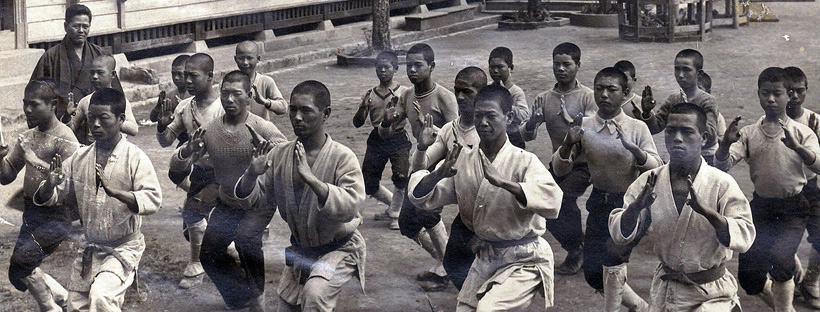Karate is an art with great cultural heritage and many particularities, thanks to its origins in Okinawa and the historical context of its development. Understanding Karate requires knowing these roots, or we risk clinging to myths, common sense, and mere guesses. This lack of knowledge is not uncommon and leads to the practice and transmission of a diluted, misunderstood, incomplete art. Mastering karate requires not only exhaustive repetition of movements, but study.
An old master said that karate is an art for educated people. This is reflected in the constant pursuit that is intrinsic to the philosophy of karate. It is not about being a smart guy, but having the initiative to learn, reevaluate and mature always. And that requires context and understanding of how we got where we got to. The karateka of the past were pathfinders and left us this example of continuing to explore and practice the best we can. THIS is keeping the tradition.
Obviously, there are levels at which one will dwell on the historical and cultural study of karate, depending on one’s own commitment to the art. Some have training as a hobby while others seek to be experts. But knowing the least about the origins and foundations of what is practiced is essential. For teachers, it is a matter of responsibility so that they can teach art properly and not mislead students with misconceptions or distortions due to lack of basic knowledge.
But going deep into karate is not boring. On the contrary, karate is a fascinating art, both in scope and in everything that has made it the martial art we have today. So be sure to study, questioning, test, learn and increasingly realize that we have a precious legacy in our hands.
(Photo: Chojun Miyagi, founder of Goju-Ryu, overseeing his students’ kata practice)
Originally posted on the Associação Karate-Do Tanaka website on 4/6/2018
